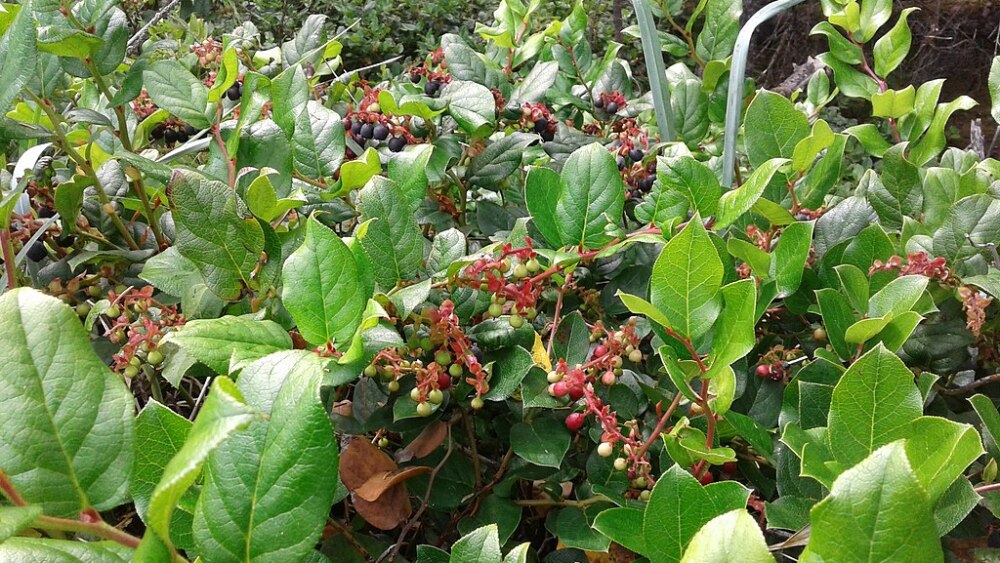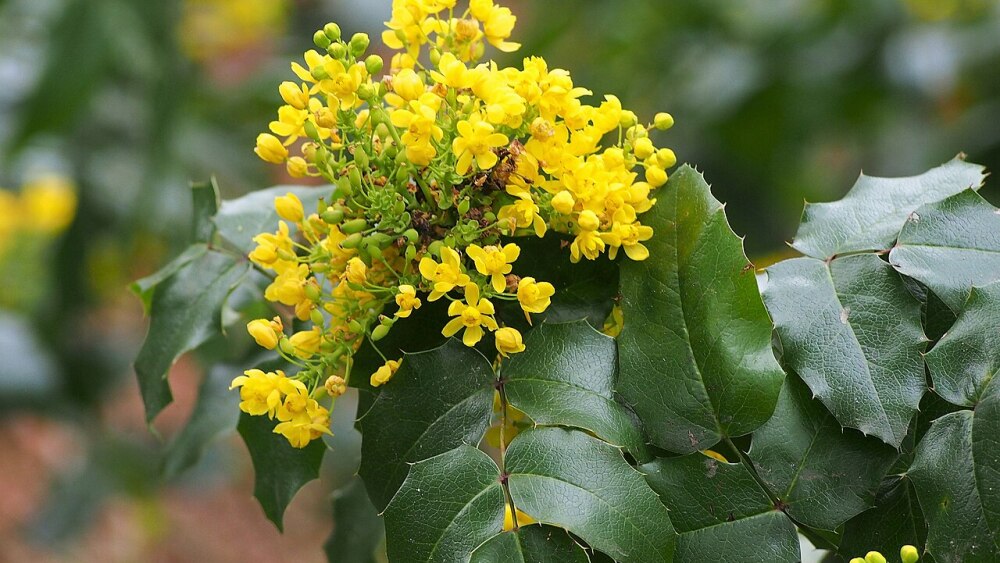You love local food, music, business, and art — so while you’re planning your garden this year, why not choose local plants, too?
Native plants are naturally adapted to the local climate, provide sustenance to native wildlife, and save water by thriving on normal rainfall. Plus, they’re more visually diverse than, say, lawn grass.
Consider planting some Oregon flora this summer. We’ll get you started.
Oregon sunshine
Eriophyllum lanatum
Water needs: Low
Light needs: Full sun, part shade
Season of interest: Late spring to mid-summer
Attracts: Bees, butterflies
Growing tips: This hardy plant loves a lack of love and will happily flourish in a rock garden or neglected spot.
Lady fern
Athyrium filix-femina
Water needs: Average
Light needs: Part shade, shade
Season of interest: Spring through fall
Growing tips: Rarely are ferns the garden centerpiece, but they are excellent at filling in gaps and providing structure.
Cascade penstemon
Penstemon serrulatus
Water needs: Average-to-high
Light needs: Full sun
Season of interest: Summer
Attracts: Bees, birds, butterflies, hummingbirds
Growing tips: Snip spent flower stalks after flowering and propagate by taking cuttings in spring or early summer or by seed in late winter or spring.

Many Native Americans of the PNW used salal berries — some even made them into loaves weighing up to 15 pounds.
Photo by CraigxC, Wikimedia Commons
Salal
Gaultheria shallon
Water needs: Low-to-average
Light needs: Part shade, shade
Season of interest: Year-round
Attracts: Birds, butterflies, hummingbirds
Growing tips: Keep this shrub in check to prevent it from taking over a space. Dark blue berries ripen in late summer and can be eaten fresh, dried, or cooked — try this jelly recipe.
Showy milkweed
Asclepias speciosa
Water needs: Average
Light needs: Full sun
Season of interest: Late spring to early summer
Attracts: Bees, butterflies, hummingbirds
Growing tips: This upright, clumping plant does well in poor, gravelly soil and supports all life stages of the monarch butterfly. Note: It’s toxic to dogs, cats, and horses.

Mahonia aquifolium, one of three Oregon grape species abundant in the PNW, is Oregon’s state flower.
Photo by Meggar
Mock orange
Philadelphus lewisii
Water needs: Low
Light needs: Part shade, full sun
Season of interest: Late spring to early summer
Attracts: Bees, butterflies, hummingbirds
Growing tips: Plant this aromatic shrub in a place where visiting bees won’t be an issue.
Oregon grape
Mahonia
Water needs: Average
Light needs: Part shade
Season of interest: Year-round
Growing tips: From its red-hued winter foliage to its fragrant spring flowers that evolve into dusky blue berries (they are edible, though tart and best suited for preserves), Oregon grape will reward gardeners who mimic its forest habitat: slightly moist, acidic, well-drained soil.





